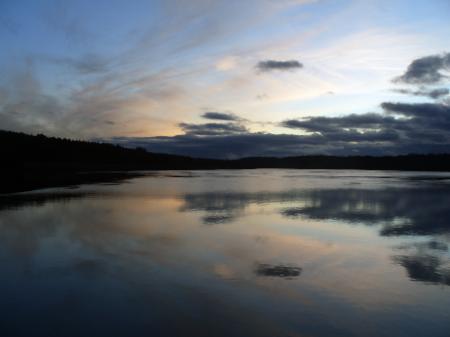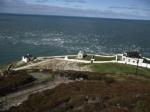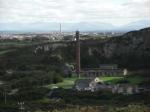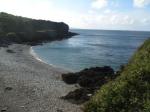|
ROBERT STEPHENSON'S BRITANNIA BRIDGE
BRITANNIA BRIDGE AND WHY A SECOND BRIDGE ACROSS THE MENAI STRAITS?
The construction of the second crossing bridge began in 1846. The bridge was completed and then opened for service on 5 March 1850. It’s pretty obvious these days that we need a THIRD crossing across the Menai Straits.
A THIRD BRIDGE!! That’s because of the ever increasing volume of traffic that passes over it every day. In the mornings the traffic flow across Thomas Telford’s Suspension Bridge and the Britannia Bridge is a slow progress of humanity across to Bangor. And then the weary masses come back once again for more in the evenings.
WHAT SORT OF BRIDGE SHOULD THE VICTORIANS BUILD? WHY LOCATE THE BRIDGE WHERE IT IS? THE DEATH OF STEPHENSON'S BRIDGE DO YOU REMEMBER THE BRIDGE ON FIRE? ADMIRAL NELSON & THE MENAI STRAITS
The highways planning for the modern incarnation of the Britannia Bridge is quite appalling, what with three major roads all congregating within a few hundred metres of the crossing. Add to this the international flow of heavy goods lorries travelling to and from the ferry terminals in Holyhead Port. Is it any surprise that there’s been quite a great deal of debate about a third crossing over the past few years. Not likely though, because of cost and the plain fact that the astonishingly beautiful Menai Straits is an Area of Special Conservation. Yet, the reason for the construction of the Britannia Bridge in the first place was increased commerce and traffic because of the rapidly developing railway network. Like all major investments in infrastructure, the second crossing of the Menai Straits was required to facilitate that commerce.
After you’ve had a good read of this page, may I respectfully guide you to my Menai Bridge pages, where you can learn about the political need to maintain easy communications between rebellious Ireland and London in the early to mid-nineteenth century.
WHAT SORT OF BRIDGE SHOULD THE VICTORIANS BUILD?
One of the original proposals for the second crossing around 1840 was to adapt the Menai Suspension Bridge to bear a railway. Looking at the Menai Bridge today it is almost impossible to imagine how it could have been achieved. There again, Victorian engineers showed the World how to build during the Industrial Revolution. Had they achieved it, though, then we would have been singing their praises even louder today. Looking to Britannia Bridge itself it was mooted early on that the three pier columns would carry the large rectangular railway tubes using suspension cables thrown across each pier column. That would have been a glorious sight: two suspension bridges within a mile or so of each other.
So in 1845 the overseeing Government Treasury Committee consented to a second crossing. Their decision reached partly on the advice of engineer George Stephenson, who declared that a proposal to construct a railway on the Suspension Bride was unfeasible. His son, Robert Stephenson was awarded the role of Chief Engineer to build the Britannia Bridge.
Stephenson Senior was responsible for the first commercially successful locomotive engine. It was as the result of his genius that 'experts' came up with that lovely daft theory that speeds in excess of 35 miles an hour would cause people, especially ladies, to pass out. Had the ladies had been thinking of mathematics at the same time then their heads would surely have gone POP!. I would be in mortal danger if I were ever to propose such a notion to my lovely lady friends.
WHY LOCATE THE BRITANNIA BRIDGE WHERE IT IS?
Telford’s Suspension Bridge was constructed at Porth Aethwy because it is the narrowest crossing point on the Menai Straits. Also, construction was made easier because the mathematics for stress and plain economics showed that a column could be placed directly on an island near the Anglesey side – Ynys y Moch (Pig Island). (For More Please Click Here ) The same logic held for the Britannia Bridge. Look either side of the Suspension Bridge and you will immediately notice that the Menai Straits opens out.
Look to the west and the Menai Straits broadens out to then come together to a narrow point about a mile away. In addition, you’ll notice that the pier column on the Bangor Side is built on a small island. This island is called Britannia Rock, hence the name given to the bridge.
The greatest Victorian engineers were eternal pragmatists seeking the shortest, most direct and economically cheapest route.
PS - Should you be inclined to enquire as to whether a railway station was built nearby to pick up local traffic, then I’m sure you’ll be happy to learn that there was a Menai Bridge Station. However, don’t bother looking for it on the Anglesey side. Cross over the Suspension Bridge to Bangor and take the right turning immediately at the bridge’s end. Follow this for a about half a mile and what remains of the station is there on your left.
As I indicate on my Menai Bridge page, the Menai Straits was effectively a miniature Panama Canal. This is because it served to offer a much quicker route up the coast toward Liverpool for Admiralty ships. Like the Menai Suspension Bridge, there was a directive imposed on Robert Stephenson that the Britannia Bridge should be a minimum 100 feet height above the Menai Straits. Otherwise the tall-masted naval ships Could never have passed beneath.
If you carefully make your way down below the bridge past Carreg Mon Hotel then you can stand and view, not only the engineering glory of the bridge, but the stately and elegant grace of the wide Menai Straits. Interestingly, I discovered this intriguing Buoy and Bucket affair. Having carried out about a hundred marine water quality surveys in this area I can only surmise that it is intended for sampling purposes. All that's needed is a seagull to land nearby and we can fashion a sea shanty about a buoy, a gull and a bucket. If you have any ideas then use the contact link on this page.
The Britannia Bridge is essentially a simple design called a Post & Beam structure; in this case, two 472 foot long iron tubes supported by the pier columns across the major span of the river. These tubes would encase the railway lines. Though the bridge is itself a magnificently aesthetic presence, it is the bare-faced cheek of its construction method that should excite the visitor. The construction of the pier towers is the employment of simple engineering principles and complex mathematical calculations. Apart from raising the railway to land level on each side of the Menai Straits, the main purpose of the piers is to support the weight of 3,600 tons of iron tubes. Therefore one would surmise that the pier towers are solid structures. It’s a reasonable assumption to make; however, each tower is more or less hollow. A simple, yet elegant, column of wonderfully dressed stone designed to support an internal structure that constrains the structural and gravitational stresses to fall immediately and vertically. This reduces the degree of swaying in high winds. Drivers crossing the bridge today will know about the speed restrictions in high winds.
You’ll find a rusty iron door in the bottom of the Anglesey land pier, which is sadly locked, thus denying egress to us appreciative and inquisitive visitors.
So, as you stand below the Britannia Bridge and contemplate the beauty of the Menai Straits and its engaging, yet smelly flora and fauna gaze along the spans and wonder how the engineers built them. There are two main spans. As above, each is 472 foot long. To complete the crossing another two landward spans of iron tunnel was attached to the piers. Each of these is 230 foot long.
How do you build a tunnel and then suspend it in the air? As I write above, four iron tubes were created. These were to be raised into position by a hydraulic system. The two tubes to span the rivers were floated into position on pontoons during slack water conditions. The construction of the first tube was started on-site in 1847. Its weight, including plate iron and 800,000 hand set rivets, was around 1,500 tons and its length, again, was 472 feet. This first tube was fixed in place in 1849. The bridge was completed and opened on March 5th 1850.
The bird poised above is either Shag or a Cormorant. Not being an ornithologists I can't really tell you what the difference is, other than one of them involves chocolates and flowers. That'll be the cormorant, yes?
THE DEATH OF STEPHENSON'S BRIDGE
I suppose that like many people who live on Anglesey, I remember the 23rd of May 1970 quite well. Even though I was quite young, might I add. My Dad called us to the television and pointed at the screen. It took us all a few moments to realise that we were watching our Britannia Bridge on fire and engulfed in massive intense black clouds. The next day Dad came home with a piece of intensively scorched wood, which we gazed at in amazement. It was a piece of the wooden lining of the train tubes. He and a friend had popped to Llanfair PG on some work pretext to go down to the Menai Straits by Nelson’s statue to gaze up at the bridge and the appalling mess of burned debris on the shoreline. That piece of wood was nothing but carbon. Such must have been the intensity of the fire. This should oblige us reflect on the astonishing courage of the men of the fire brigade who fought to bring the fire under control. With hardly any of the safety equipment these men and women employ today. Heroes, or what? The fire started accidentally when two boys searching the tubes for bats dropped their flame torches. What this tells us is that the Britannia Bridge had been in a condition ripe for conflagration for a very, very long time.
A NEW BRITANNIA BRIDGE The bridge was effectively destroyed and could no longer bear the railway. The iron-plated tubes were destroyed and removed leaving only the piers. It was another two years before a train could cross to and from the mainland. It was opened on January 30th 1972. Apart from Stephenson’s piers, the Britannia Bridge was barely recognisable from its previous incarnation. The new spans across the Menai Straits were supported with the massive arches that we can see today. If you stand below the bridge you can survey the scale of the engineering. Even then, the issue of increasing traffic was apparent. For the following 10 years the congestion on the Menai Bridge was a grim testimony to this. This was the perfect opportunity to do something about it. Therefore A single carriageway road bearing the A55 Expressway was opened in 1980. Across this new incarnation the vast majority of traffic passes in diurnal flow. Thereby, Thomas Telford's A5 Mail Road, once one of the most important roads in Britain, declined in heavy traffic usage as the A55 across North Wales facilitated swift carriage of commerce. I refer you to my comments at the top of this page referring to the continuing traffic issues.
DO YOU REMEMBER THE BRIDGE ON FIRE? Were you an Anglesey resident at the time or on Holiday in May 1970? Why not share your story and experiences of the Britannia Bridge fire. I'm sure we'd all love to learn your stories. Just click here to share your memories.
The beasts were created in 1848 by Victorian sculptor John Thomas (1813 – 1862). These feline sentinels were created from limestone are about 25ft (8m) long and weigh in the region of 8 tons each. I have vague childhood memories of being able to see the Anglesey island lions as we drove from Llanfair PG toward Bangor on A5 road (the Holyhead - London Coach Road).
There again, it must have been from the top deck of a double-decker, I think because they cannot be seen from road level. UNLESS it was Winter. Local poet John Evans (1826 - 1888) immortalised these lions with his verse, below. It was a familiar rhyme in our family when I was a small child and I would frequently recite it with my mother.
Pedwar llew tew
Four fat lions
NEW! MENAI BRIDGE EVENING BEAUTY
While you’re in the Menai Bridge area why don’t you indulge yourself with delightful walks along the banks of the Menai Straits. I have created a page with a walk that you can complete in one endeavour or break it down into a few stage to suit your mood and time. Click Here to enjoy Menai Bridge Evening Beauty
ADMIRAL NELSON AND THE MENAI STRAITS
Vice-Admiral Horatio Nelson fell at Trafalgar in 1805 and to commemorate his life and naval achievements this statute was created by Admiral Lord Paget, former Commander of the Mediterranean Fleet.
The statue is placed in what seems to be a rather remote location, below the Britannia Bridge, alone on the Menai Straits below the churchyard of St Mary’s church in Llanfair PG.
If you dare to walk to the top of the Marquess of Anglesey’s Column above the main road outside the village then you will be able to see it clearly.
In passing, please note that Lord Paget was the fourth son of the first Marquess. Every time I climb to the top of the column I count the steps (noting the odd worrying one). However, by the time I remember that I should have noted it down I have forgotten. Blame it on old age and a monkey-mind.
On first inspection it seems a bit disrespectful that this commemorative 50ft statue of Lord Nelson has been sited at this remote site below the churchyard. But it is appropriate when you understand that it was placed here as a navigation aid.
I almost capsized on the Swellies once and it was frightening. We pootled in the Zodiac inflatable to the safety of the Menai Suspension Bridge in cold silence. I understand that Horatio Nelson himself regarded this stretch of the Menai Straits with equal respect and acknowledgment of the potential horrors as the tide runs out.
N.B. TAKE CARE If you are intending to walk down to inspect Nelson’s statue, then please do take utmost care. The statue is placed on a plinth on rocks that are submerged at High Tide. These rocks are very slippery and the greatest of care should be taken. If you can make your way around to the front of the statue then you can read Nelson’s second most famous quote: ”ENGLAND EXPECTS THAT EVERYMAN WILL DO HIS DUTY.” This comes second to the still used, and incorrectly quoted, phrase: ‘I SEE NO SHIPS’ in reference to the Battle of the Nile in 1798. Nelson had raised his telescope to his blind eye in response to a signal flag from one of his captains who thought that the battle was lost. The quote should be, ”I really do not see the signal, Damn the signal, Keep mine for close action flying."
Dear Reader, May I respectfully guide you to my two Menai Bridge pages for more information about the Menai Straits. There, you'll also find information about the lovely town of Menai Bridge/Porthaethwy by its lovely banks.
Return from Britannia Bridge to MENAI BRIDGE MAIN PAGE.
|
Books by William Jones, author of
this web site.
Now in Paperback
.
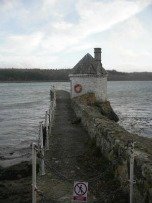
LOVELY ANGLESEY WALKS & AMBLES
CLICK HERE
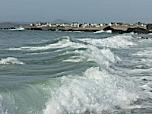
ANGLESEY'S AWARD
WINNING BEACHES
CLICK HERE
Recent Articles
-
North Stack Fog Warning Station. Beautiful Walk. Fascinating History
Dec 22, 23 12:35 PM
North Stack Fog Signal Station, just south of the Port of Holyhead, offers astonishing coastal walk and beautiful views of rugged Anglesey coastline. -
Holyhead Breakwater Country Park. Award Winning Anglesey Green Space
Dec 22, 23 12:31 PM
Holyhead Breakwater Country Park. Astonishing coastal beauty. Award Winning Anglesey Green Flag Country Park. A superb green space for family fun and walks -
White Beach. Excellent bleached pebble beach, Crazy Horses and Nervy Driving
Dec 08, 23 05:43 AM
White Beach really, really is a hidden gem. By that, I mean it is really, really well hidden. Dinner plate pebbles, nice picnics, CRAZY HORSES and some pretty good fishing.
Never EVER Stop Chasing Your Dreams.
ANGLESEY
MONOPOLY



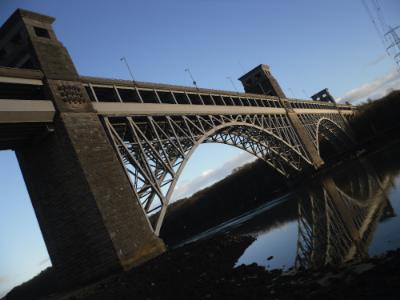
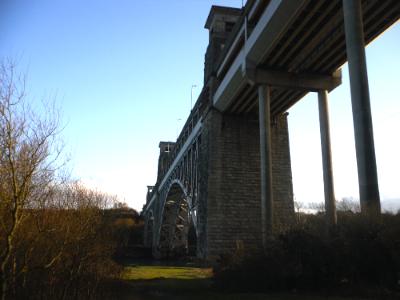
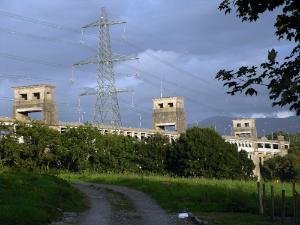 Engineering and metallurgical tests showed that the tubes across the supporting pier columns could bear the burden alone.
Engineering and metallurgical tests showed that the tubes across the supporting pier columns could bear the burden alone.
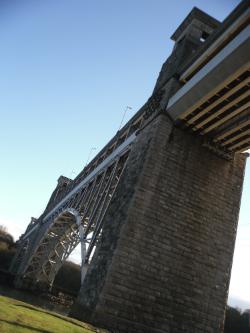 To the east, it is consistently about a half mile across, widening to about three miles and much, much more by the time you’ve gone past
To the east, it is consistently about a half mile across, widening to about three miles and much, much more by the time you’ve gone past 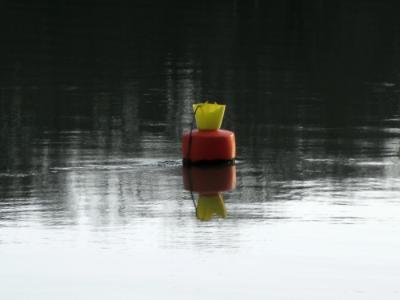
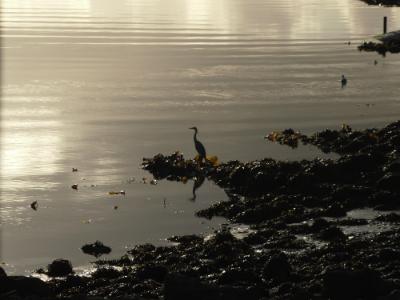
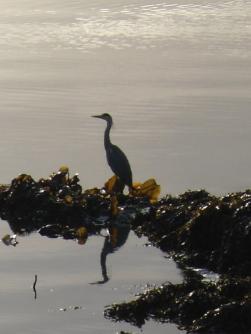
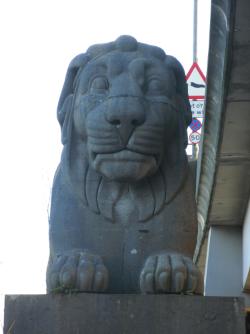 As you travel across the Britannia Bridge by train, you can't help but notice the four stone lions, a pair located on each corner of the bridge.
As you travel across the Britannia Bridge by train, you can't help but notice the four stone lions, a pair located on each corner of the bridge.
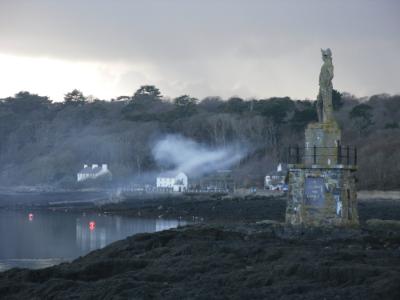
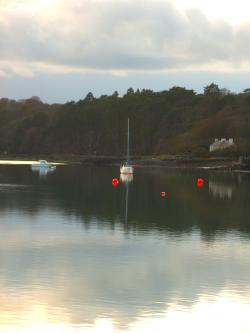 As I found during my marine survey days the stretch of water between the Britannia Bridge and the Menai Bridge is very treacherous. Even for the experienced boatman.
As I found during my marine survey days the stretch of water between the Britannia Bridge and the Menai Bridge is very treacherous. Even for the experienced boatman.
